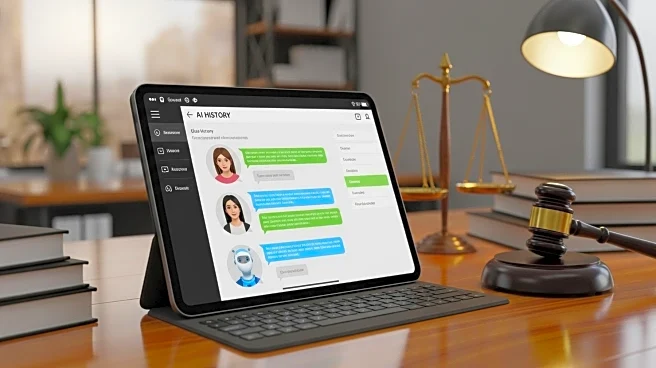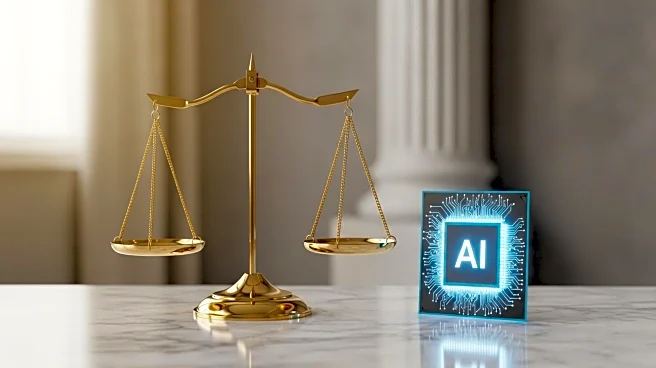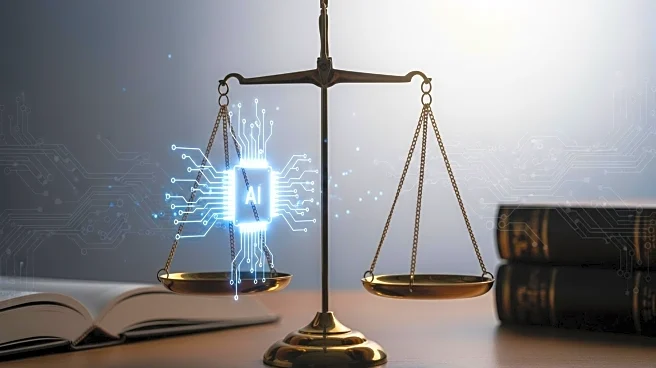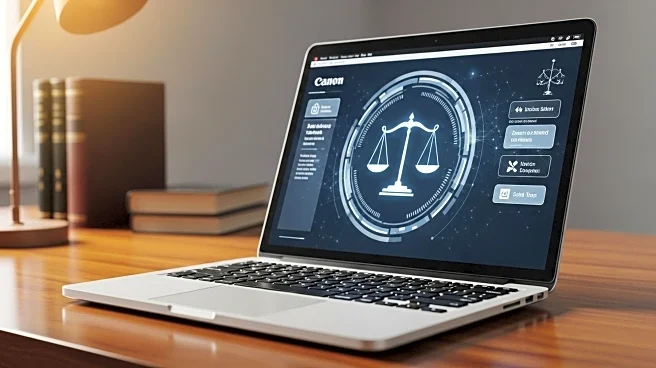What is the story about?
What's Happening?
In 2025, the legal industry is increasingly integrating generative AI tools like ChatGPT and Google Gemini into their operations. These tools are used for drafting emails, outlining motions, and summarizing cases, offering efficiency and cost savings. However, the rise of AI in legal settings brings new challenges, particularly concerning the confidentiality and privilege of AI chat histories. As these tools become more prevalent, questions arise about their admissibility in court and how they might impact litigation processes. Legal professionals are now tasked with navigating these complexities to ensure responsible use of AI while maintaining client confidentiality.
Why It's Important?
The integration of AI tools in the legal sector signifies a transformative shift in how legal services are delivered. While these technologies offer significant benefits in terms of efficiency and cost reduction, they also pose potential risks. The main concern is the handling of sensitive information and the implications for client confidentiality and legal privilege. If AI chat histories are deemed admissible in court, it could lead to new legal precedents and affect how evidence is gathered and presented. This development could impact law firms, corporate legal departments, and clients, necessitating new protocols and training to manage these tools effectively.
What's Next?
As the legal industry continues to adopt AI technologies, there will likely be increased scrutiny and development of guidelines regarding the use of AI chat histories. Legal bodies and firms may need to establish clear policies on AI usage to protect client information and ensure compliance with legal standards. Additionally, there could be a push for legislative or regulatory frameworks to address these emerging issues. Stakeholders, including legal professionals and technology developers, will need to collaborate to create solutions that balance innovation with ethical and legal responsibilities.
AI Generated Content
Do you find this article useful?














